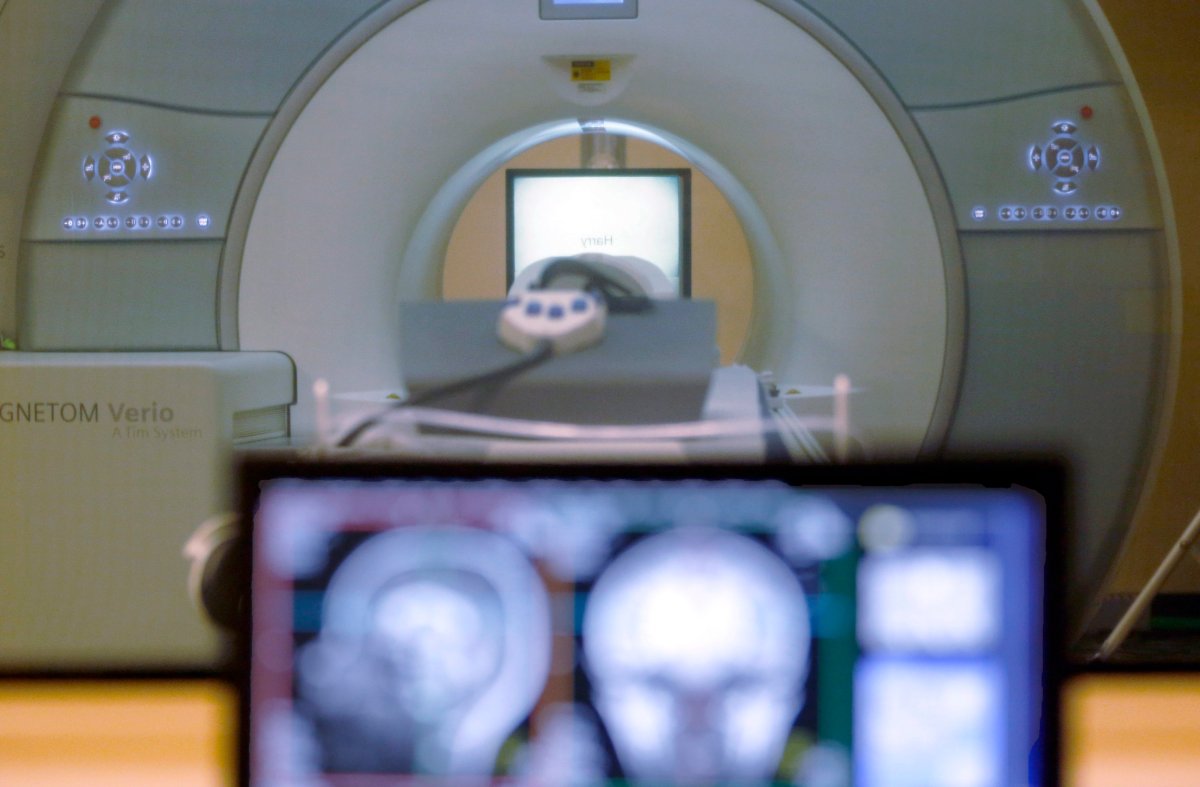As Alzheimer’s Awareness Month comes to an end, a new study out of the University of Alberta is hoping that a protein which binds sugars in the human brain is the key to unlocking a treatment — or even cure.

Chemistry professor Matthew Macauley is working alongside fellow professor John Klassen, who has developed a specialized technique that will allow them to study such proteins in more detail.
Speaking on the Alberta Morning News, professor Macauley explained that they are looking at a structure called CD33.
“It’s a protein that binds sugar. And it’s made on our immune cells,” Macauley said. “Most of our immune cells are in our blood, and our lymph nodes and our spleen — but there’s specialized immune cells in our brain.”
Research that started almost a decade ago implies that the protein could be an important factor in understanding the development of the degenerative disease.
“What investigators found, dating back to 2008, was a version of CD-33 that’s found in only a select number of people, is protective,” Macauley explained.

Get weekly health news
“In other words, people that have this certain form that can’t bind the sugar are protected — they do not get Alzheimer’s disease.”
CD33 is a member of the SIGLEC family, which Macauley specializes in studying. The project provides hope of understanding Alzheimer’s, and could possibly lead to treatment options.
“So this motivates us to try to understand what these interactions are, what the sugars are, in what context they’re occurring,” Macauley said. “This could provide important insights into how the disease develops.”
He says this type of research has been ongoing for more than 10 years, and continues to be an important factor in Alzheimer’s research.
“This project is funded through Glyconet, which is a Canadian network of investigators all working within the glycomics area to investigate the roles for glycans in human disease,” Macauley said.
Find out more about Alzheimer’s Awareness Month at the Alzheimer Society website.














Comments